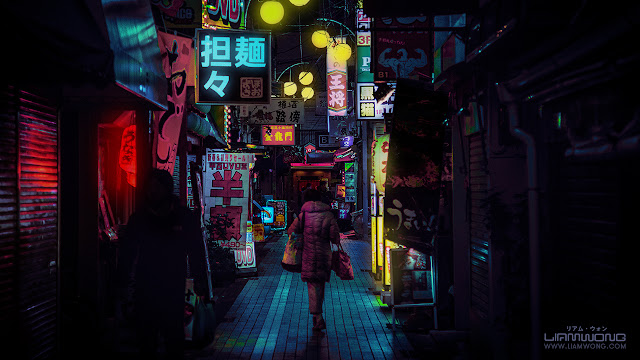In a small team with had a short amount of time to work on a task to specifications. This session is to test our ability to work to a deadline within a team to create a piece that follows the specifications of the 'client'. Within the group the first task we chose was to allocate people to tasks based on our strengths. We then worked on a few test layout ideas on paper before doing any digital work.We also discussed themes and style types we were interested in. Things like minimalism and punk were popular within the group so we agreed to style our individual pieces around this kind of theme.
We
then all split into independent working. I was tasked in turning all of
the exampled type into vectors a format that would be easier for my
team to edit, alter and transform in other software. Once that was
distributed to everyone to work we all made individual pieces for the
paper. They would all come together at the end into one big collection
of pieces.
Both of these designs were created by my team-mate Eugene. He used shape and contrast to eccentuate his work. The work is chaotic as to fit to the theme of punk.
Aiden created a more legible piece using bright design and jittery/corrupt text. His work would be the cover for the project book we were creating.
This design was created by team-mate Sophie. Her illustrative piece is inspired by postmodernist art and style. The vibrant colours follow in the same vein. The piece itself is of the designer of the Helvetica font.
Implimenting Sophie's work into my idea I created a layered collage of text and image. Using CMYK colour scheme as much as I could to give a early print feeling to the piece.
When designing the inside of the book we created I found that the majority of the keys on the keyboard I was using didn't work. I utilised this to my advantage as the book itself is a play on conventional type and layouts. This gives the broken type its own place within the book as its own piece.
Reflecting upon the project I think that our team co-ordination was good but ensuring the brief was properly pursued could have been better. The work we produced was to a good standard but we came across issues when it came to creating the end Indesign document.
















































